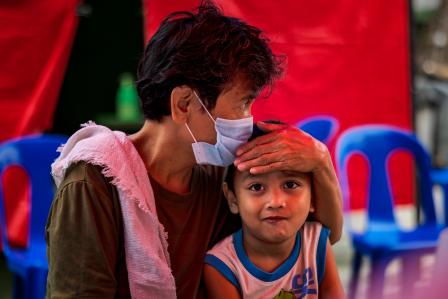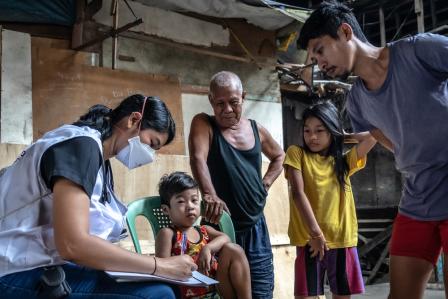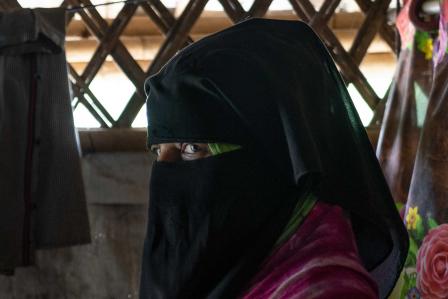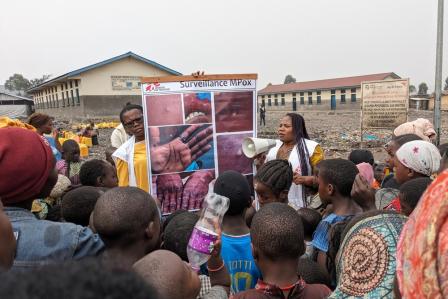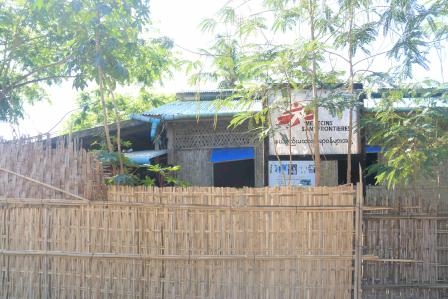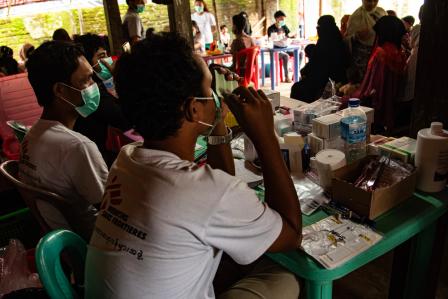Transparency milestone: Doctors Without Borders reveals cost of its landmark TB clinical trial
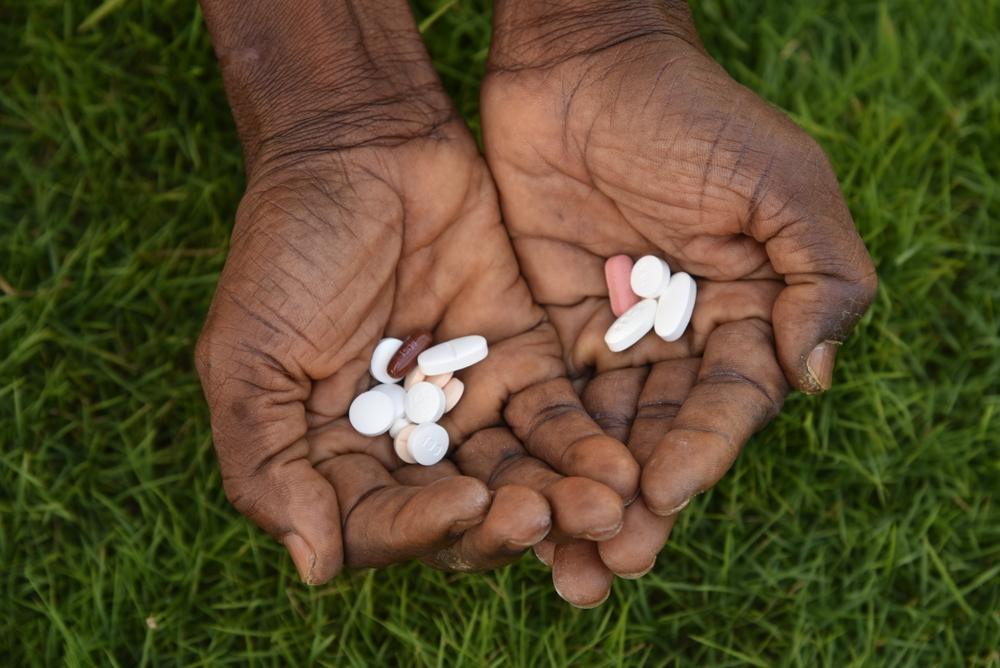
Medicine for the treatment of drug resistant tuberculosis (DR-TB). Sierra Leone, December 2023. © MSF/Ammar Obeidat
- Doctors Without Borders presented the costs of TB PRACTECAL clinical trial that helped identify all-oral treatment regimen for drug-resistant tuberculosis (DR-TB), totalled €34 million.
- This is the first time the detailed costs of an individual clinical trial have ever been shared publicly, challenging the prevailing public and policy narrative that high prices are needed to recoup high research and development (R&D) costs.
- The current estimates for full R&D costs for new drug development range from US$43.4 million (€40 million) to a staggering $4.2 billion (€3.9 billion), using varied methodologies.
- Transparency of clinical trial costs is needed to inform pricing policies and innovative ways to fund biomedical R&D.
Geneva, 25 April 2024 - At the 5th WHO Pharmaceutical Pricing and Reimbursement Policies conference today, Doctors Without Borders / Médecins Sans Frontières (MSF) presented the costs of its landmark TB-PRACTECAL clinical trial that helped identify a shorter, all-oral treatment regimen for drug-resistant tuberculosis (DR-TB),* which totalled €34 million.** This is the first time the detailed costs of an individual clinical trial will have ever been shared publicly, challenging the lack of transparency around drug development, and the prevailing public and policy narrative that high prices are needed to recoup high research and development (R&D) costs. Doctors Without Borders’ study marks a significant first step towards increasing transparency in biomedical R&D costs, which would help shape more equitable models of R&D and ensure global access to lifesaving treatments for people who urgently need them.
Building on this analysis, Doctors Without Borders developed ‘Transparency CORE’, a clinical trial cost reporting toolkit, and urges all public and non-profit actors to publish their clinical trial costs and support the development of international policy to mandate standardised cost reporting.
 We hope that our disclosure of clinical trial costs for identifying an improved regimen for drug-resistant tuberculosis will serve as a clarion call for other public and non-profit actors to join us and publicly share their clinical trial costs to ensure broader transparency in medical R&D costs.Dr Bern-Thomas Nyang’wa,medical director
We hope that our disclosure of clinical trial costs for identifying an improved regimen for drug-resistant tuberculosis will serve as a clarion call for other public and non-profit actors to join us and publicly share their clinical trial costs to ensure broader transparency in medical R&D costs.Dr Bern-Thomas Nyang’wa,medical director
“We encourage clinical trial sponsors and implementors to try our ‘Transparency CORE toolkit’, and to build on it as a guide to facilitate the publication of cost data. While transparency in R&D expenditure remains largely elusive, transparency in clinical trial costs is a transformative step towards exposing what medical innovation actually costs and building a future where access to medicines and medical tools is not hindered by high prices,” continued Dr Bern-Thomas Nyang’wa, Doctors Without Borders medical director and chief investigator of the TB-PRACTECAL trial.
Transparency to save more lives
The cost of clinical trials is often the biggest part of the overall cost of R&D of health products, yet their actual costs have remained undisclosed, with no disaggregated data on biomedical R&D costs available in public. The current estimates for full R&D costs for new drug development range from US$43.4 million (€40 million)*** to a staggering $4.2 billion (€3.9 billion), using varied methodologies. Cost estimates for pharmaceutical phase 2 and phase 3 clinical trials range between US$5-142 million (€4.7-133 million).
Transparency of clinical trial costs is needed to inform pricing policies and innovative ways to fund biomedical R&D. The prevailing public and policy narrative around medical-product pricing echoes uncritically the pharmaceutical industry’s longstanding claim that high prices are needed to recoup high R&D prices and sustain future innovation.
However, research has shown that there is no link between high drug prices and industry spending on R&D. Despite this, the pharmaceutical industry’s R&D spending estimates are still used to inform R&D policy and pricing debates related to medical products. As and when analysts outside of industry have managed to gain access to more nuanced information about the costs of R&D, including significant funding contributions from the public and philanthropic sectors, this knowledge has informed pricing debates and fuelled global activism to lower prices.
For more than a decade, the critical TB drug bedaquiline, which is the backbone of all DR-TB regimens including the TB-PRACTECAL regimen, remained out of reach for people with DR-TB due to its exorbitant price. The revelation from academic research that the public investment in bedaquiline’s R&D was up to five times more than the private investment was pivotal information in a global movement led by TB activists and civil society that resulted in a significant price reduction for this lifesaving drug."
"The global movement that pushed for a significant price reduction of the lifesaving TB drug bedaquiline demonstrated that transparency of R&D costs can lead to increased access to medical tools and help save more lives,” said Roz Scourse, Policy Advisor with Doctors Without Borders’ Access Campaign.
The unsubstantiated yet dominant narrative that high prices are needed to recoup high R&D costs can no longer remain an evidence-free zone – this information is a critical piece of the policy puzzle that can inform the price of medical products, and who gets access. Today we are challenging this narrative and showing that publishing detailed clinical trial costs can – and must – be done. We urge all actors funding and conducting clinical trials – and R&D more broadly – to publicly disclose their costs, in order to equip governments, policymakers, researchers, activists and affected communities with the vital information needed to have evidence-based conversations about pricing policies, and how we can ensure that biomedical R&D efforts actually result in equitable access.Roz Scourse, Policy Advisor
Detailed data on clinical trial costs can further inform the design of future R&D initiatives, including innovative R&D incentives and financing mechanisms – particularly for areas where there is a lack of commercial interest in the absence of profitable markets, such as TB, antimicrobial resistance and pathogens of pandemic potential. Transparency on the detailed costs of clinical trials can also support clinical trial budgeting and financial planning, especially for non-profit or publicly financed drugs, and clinical trial settings outside of high-income countries; the lack of such data posed a challenge when TB-PRACTECAL was being planned.
“As the World Health Assembly this year will mark the 5th year since the adoption of the transparency resolution, all governments must take urgent steps to enact legislation to mandate the disclosure of disaggregated R&D costs, including clinical trial costs, especially where the R&D received public funding,” said Scourse.
*Doctors Without Borders led the TB-PRACTECAL phase 2b-3 randomised controlled trial, which identified a new treatment regimen for DR-TB in 2022. The results of this landmark trial led to WHO recommending a 6-month, all-oral regimen of bedaquiline, pretomanid, linezolid, and moxifloxacin (BPaLM) as the preferred treatment for rifampicin-resistant TB. This regimen had been adopted for use in 40 countries until now.
**Total costs were €33.9 million. While the topline results were presented at the WHO PPRI conference, the full detailed costs of the clinical trial have been submitted for a peer-review publication to a journal. In the full publication, the costs are broken down into 27 cost categories, by year, and by trial site, in order to offer a high level of transparency.
***Based on conversion rates as of 22 April 2024.
